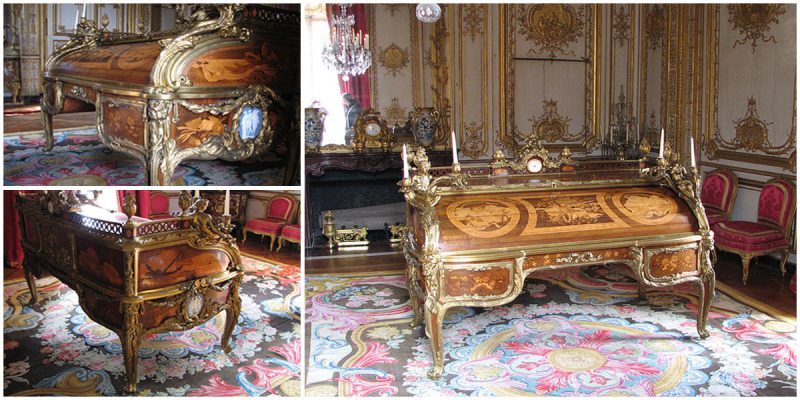The Bureau du Roi (the King’s desk), also known as Louis XV’s roll-top secretary, is richly ornamented royal Cylinder desk whose construction was commenced under Louis XV and finished under Louis XVI of France.
It was made for the new Cabinet du Roi at the Palace of Versailles.
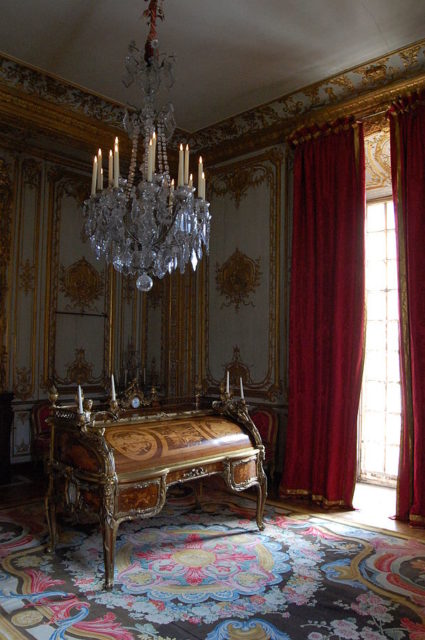
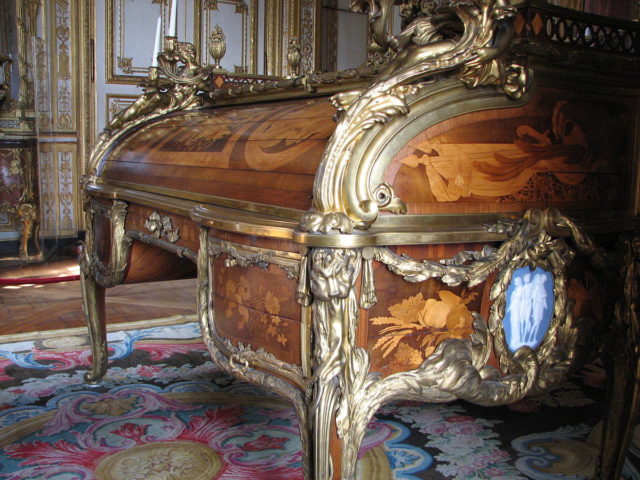

Later, it was transferred to Paris (in the Louvre Museum) after the French Revolution but has been returned to the Palace of Versailles in the 20th century where it stands again in the famous study room where kings Louis XV and Louis XVI carried out their daily work.
The desk was ordered by Louis XV in 1760 from the Royal cabinetmaker Jean-François Oeben (1721-1763) for his private study. Jean-François Oeben started with a miniature model set in wax and developed the complex mechanisms. The full-scale desk was finished in 1769 by Oeben’s successor Jean-Henri Riesener.
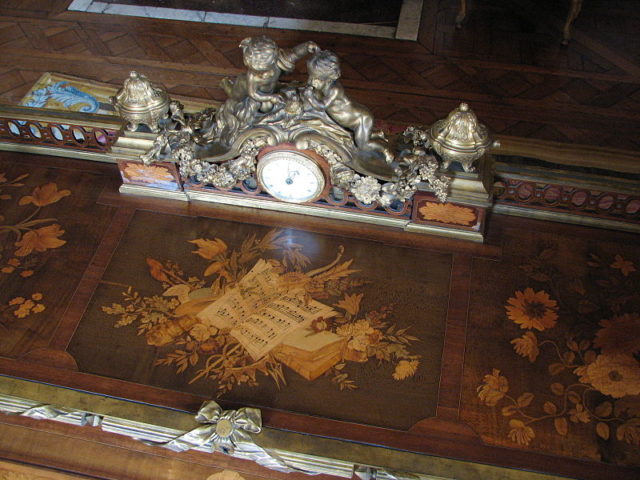
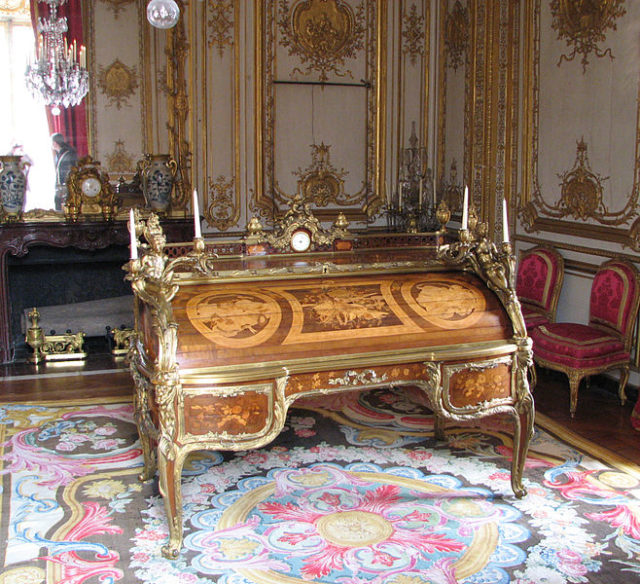
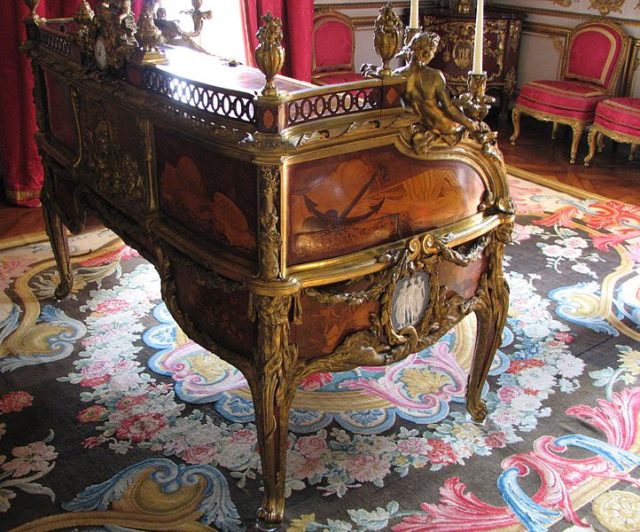
Riesener later executed a simplified second version of the Bureau du Roi for Pierre-Gaspard-Marie Grimod (today in the Wallace Collection in London) and his copy was the first of a number of replicas that were produced from the 1870s onwards by leading cabinetmakers in Paris, including four examples by François Linke, the most influential Parisian cabinetmaker of the late nineteenth and early twentieth centuries.
Today Linke is best known for the exceptionally high quality of his work, as well as his individualism and inventiveness. The formation of Linke’s distinctive style was made possible by his collaboration with the sculptor Léon Messagé.
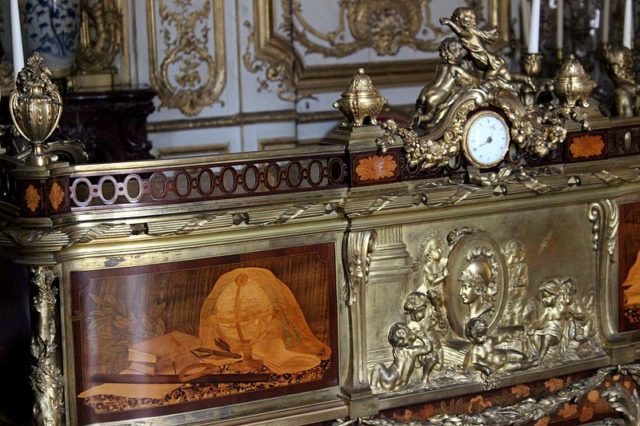
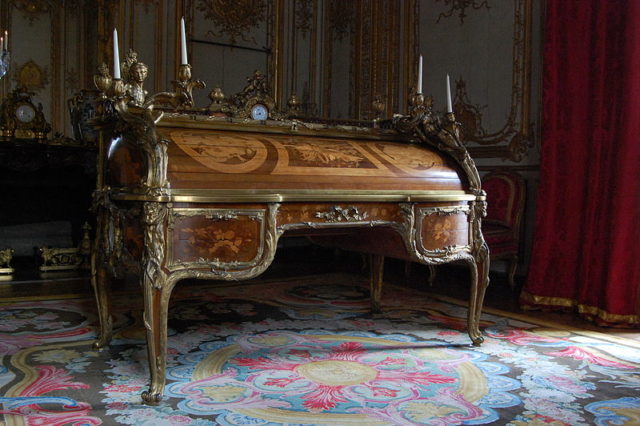
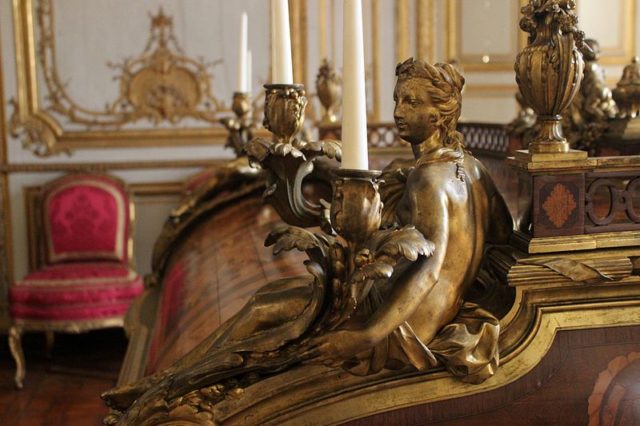
This magnificent piece of furniture was made of the finest carpentry, marquetry patterns representing trophies, different veneers and ormolu ornamentation with various cubby holes, drawers, and slots with a writing sliding panel. Secret diplomatic papers were kept inside the secretary’s secret drawers, whose only key was carried by the king.
Read another story from us: The Crown of Louis XV is one of the most remarkable crowns in the world
The original design was to have a miniature bust of Louis XV on top, but it was replaced by Minerva after his death in 1770. It is perhaps the most famous piece of furniture ever made and one of the most luxurious creations of the eighteenth century.
